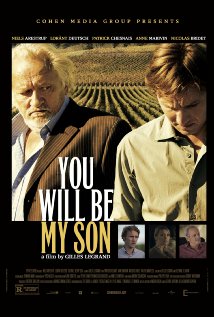 You Will Be My Son/2011/Cohen Media Group/102 min.
You Will Be My Son/2011/Cohen Media Group/102 min.
I have a soft spot for French family dramas – they are usually very well made, the stories often conceal a sharp edge within an elegant setting and, more often than not, the acting is excellent. So it’s pretty easy to overlook flaws – even glaring ones.
That’s the case with “You Will Be My Son,” a contemporary father-son saga, set in a Saint Emilion vineyard. The blustery, boisterous father, Paul, (Niels Arestrup) has dedicated his life to making wine and wants to groom his successor. One candidate is his weak-willed son Martin (Lorànt Deutsch), who wants the job but lacks true passion and talent.
On the other hand, family friend Philippe (Nicolas Bridet) is just the ticket. Philippe’s his ailing father François (Patrick Chesnais) is Paul’s right-hand man and charming Philippe also has the glitzy credential of being a star at the Coppola vineyard in California.
Directed and co-written by Gilles Legrand, “You Will Be My Son” is an engrossing melodrama (that sometimes veers into silliness) with elements of a good old-fashioned thriller – male rivalry, bromance, suspense, high stakes, deadly consequences.
Now the flaws: While the script probes the characters fairly deeply, the father-son relationship is extremely heavy-handed. It seems that when Baby Martin came bouncing into the world, it was hate at first sight for the not-so-proud papa. Everything the son does (even jogging) irritates Dad. Both actors are well cast and Arestrup gives a particularly great performance but the script could have used more subtlety in shading this fraught bond between the principal characters. Couldn’t we see at least one scene where they connect on some level?
Also, the final twist hits a false note, stemming more from expediency than from inevitability.
Still, this engaging flick is easy on the eyes with good dialogue and strong acting.
“You Will Be My Son” opens today in Los Angeles.






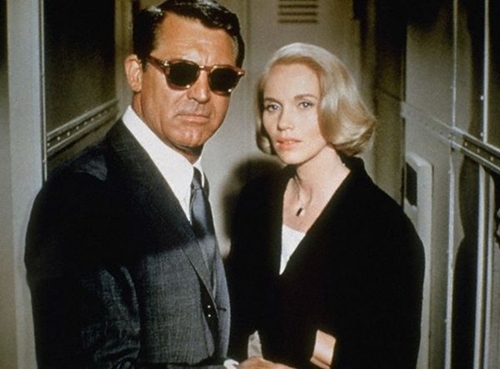
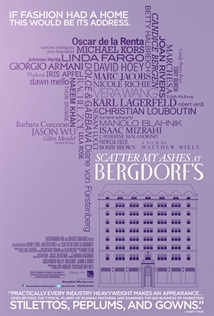
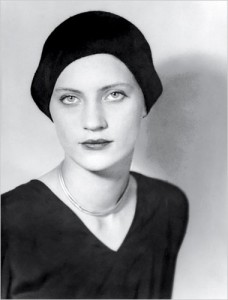
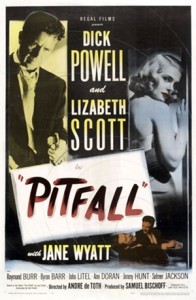
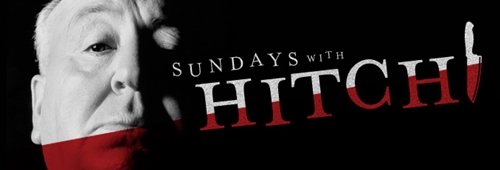
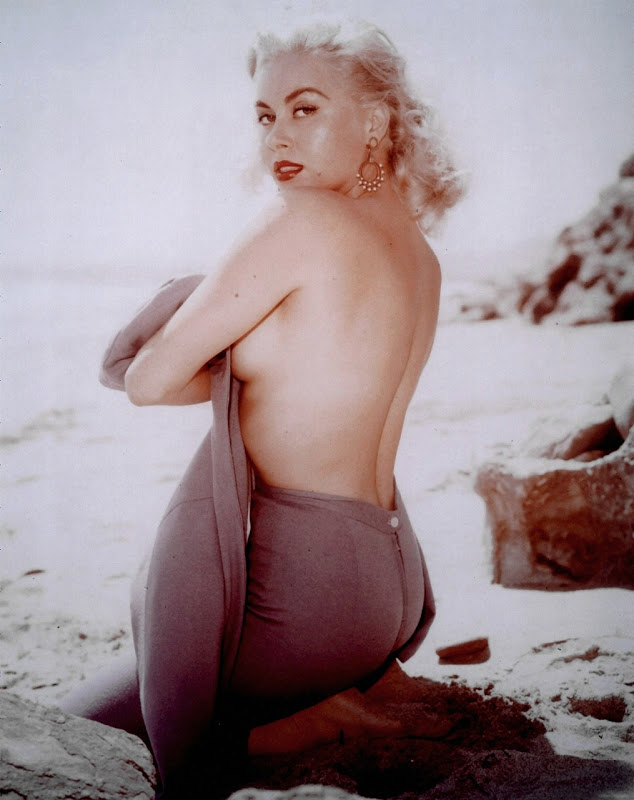

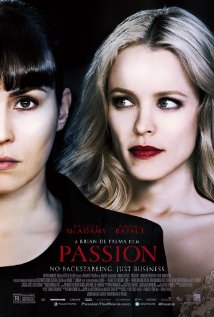
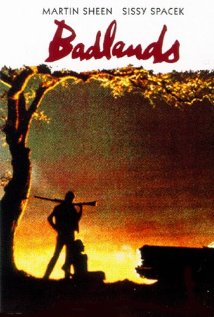
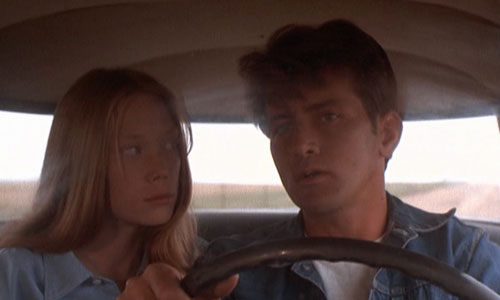
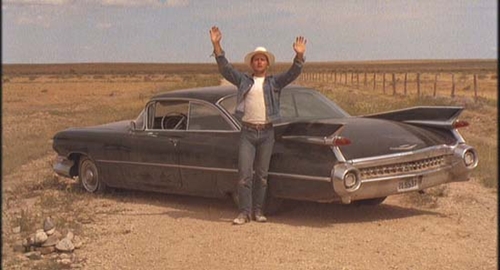
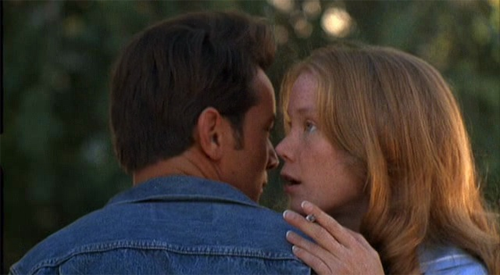
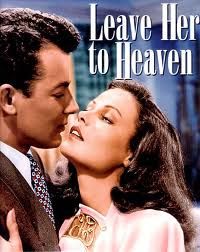
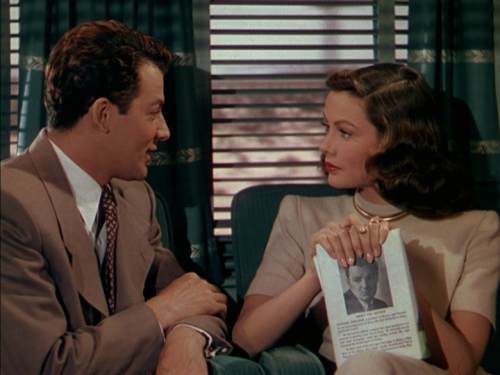
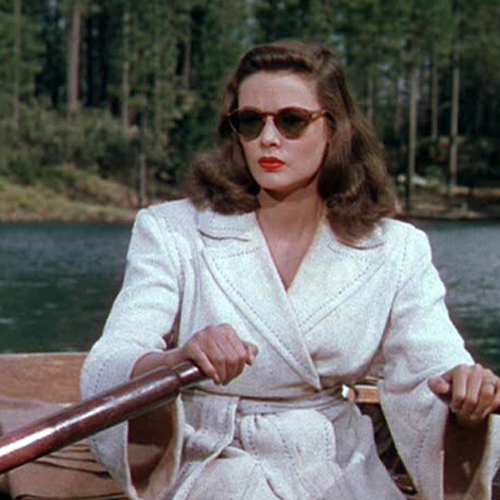





From FNB readers